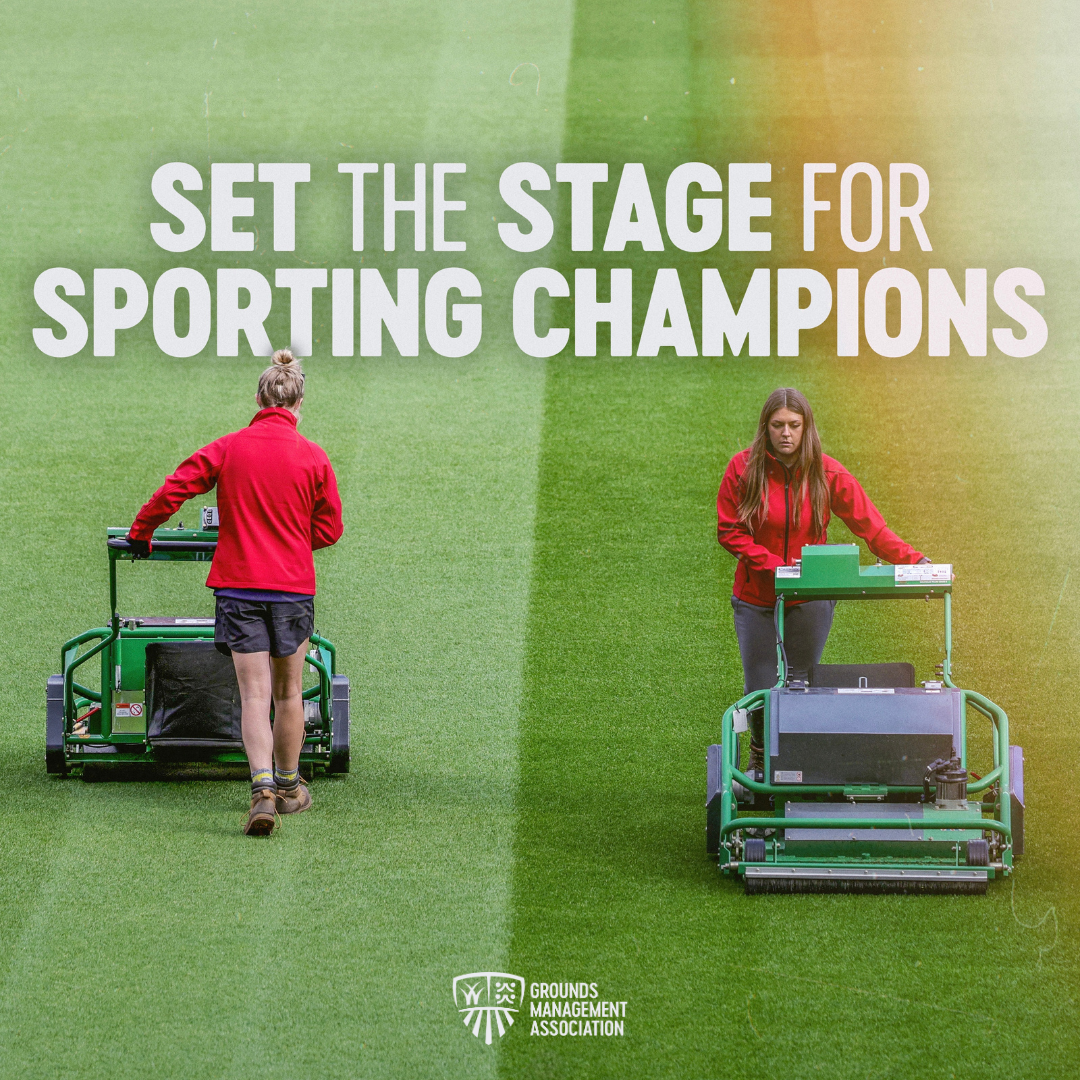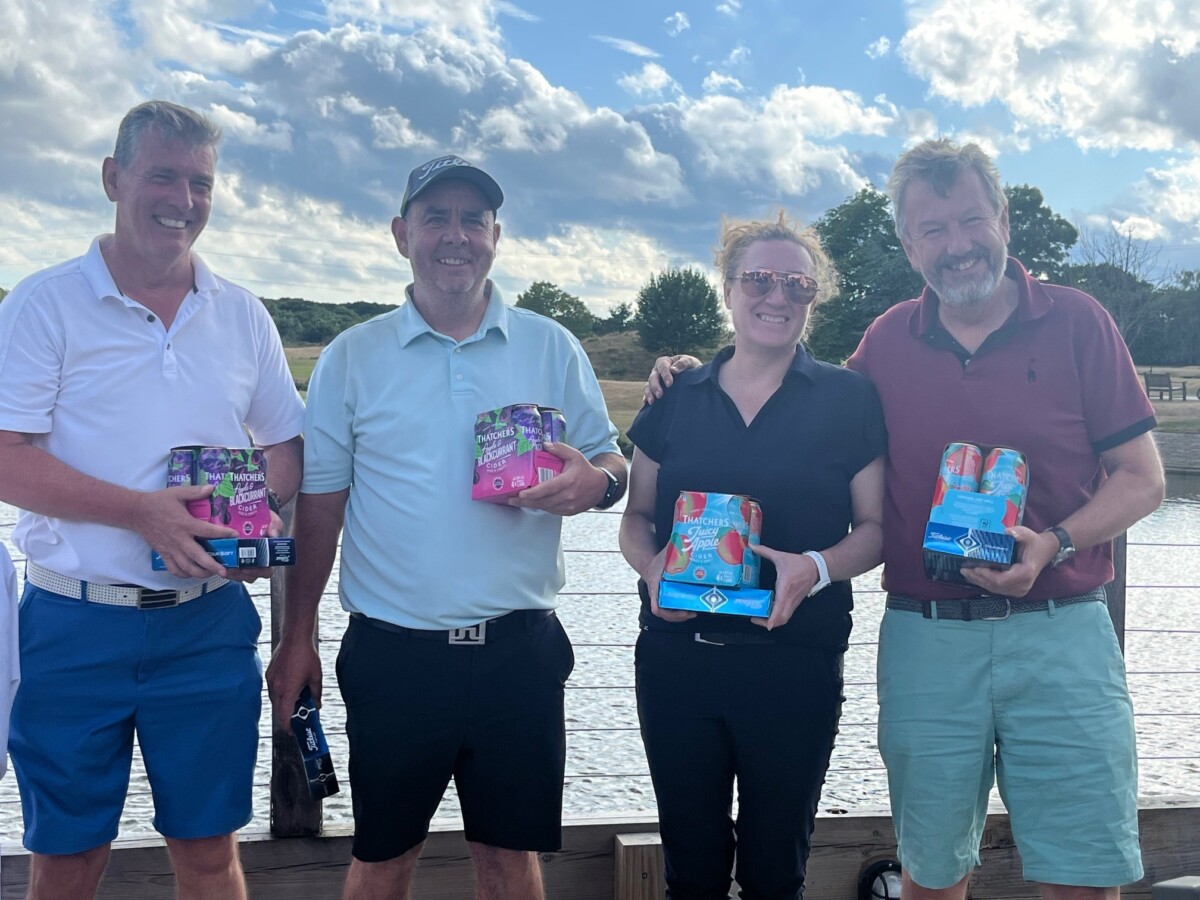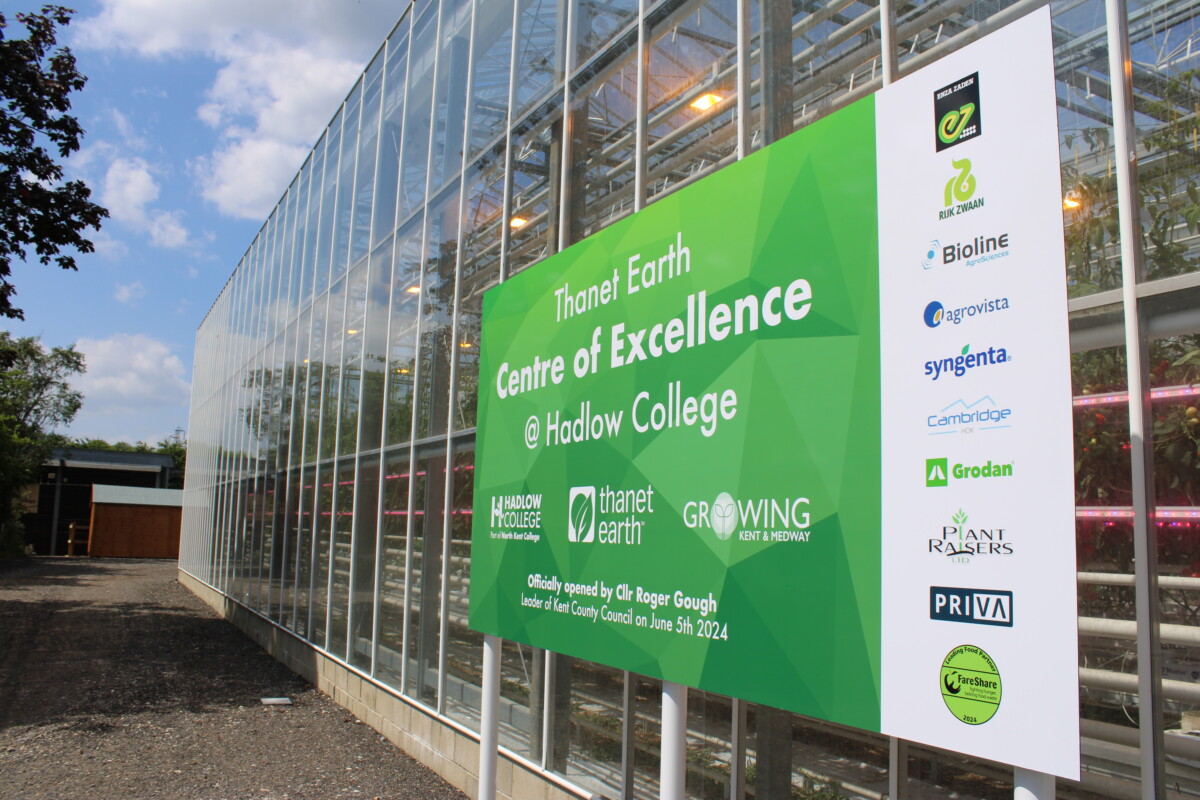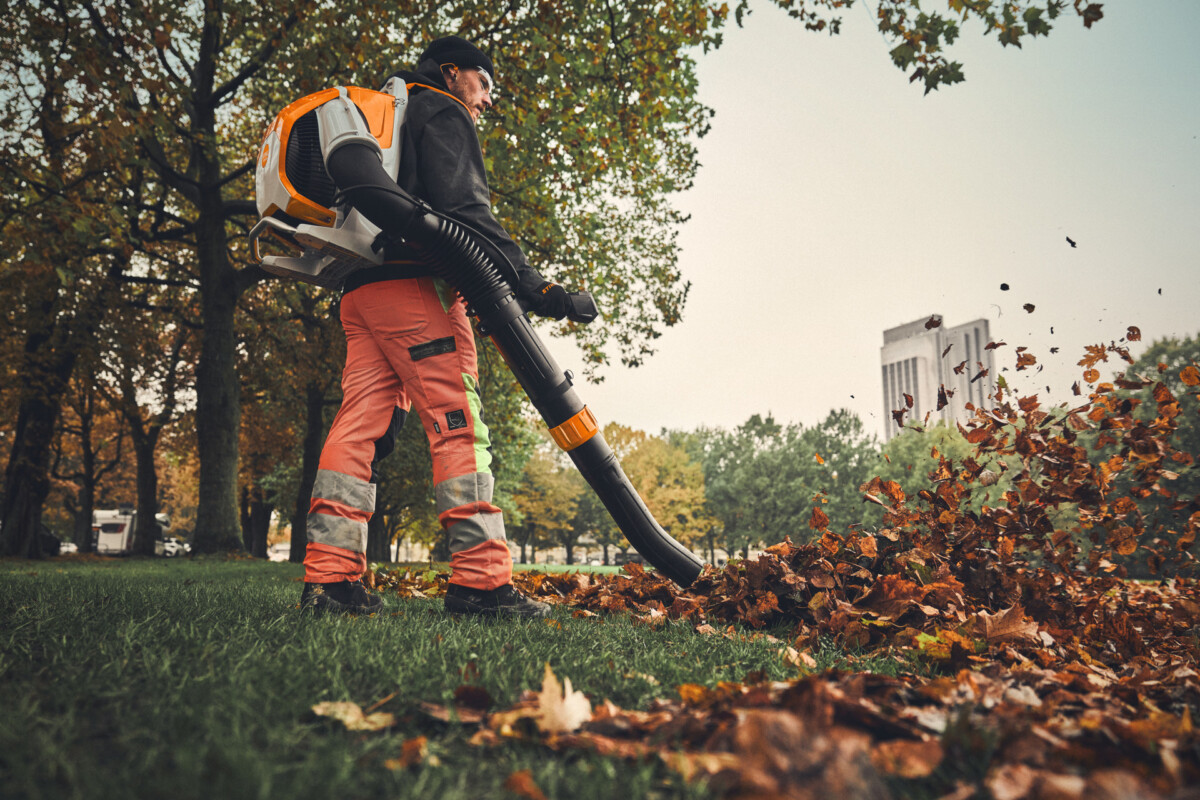Emergency Chafer Summit Held: The Turf and Amenity industry united to declare that an integrated pest management (IPM) is need of the hour for Chafer and Leatherjacket control. This was the conclusion of the sell-out Emergency Chafer and Leatherjacket Summit that took place on 9th May 2019 at Burton Albion Football, Staffordshire.
With many chemicals now removed from the turf and amenity sector, crucial practices such as monitoring and using a range of preventative measures within the IPM approach was encouraged. It was also recognised that the identification and understanding the life cycle of these pests is key to successful control.

With limited time to act upon, a cross section of industry stakeholders gathered at Burton Albion Football Club and agreed that a co-ordinated industry-led Chafer and Leatherjacket centred strategy from all areas of the supply chain is needed.
Speakers covered topics including pests and disease problem, natural solution including plant extracts and biocontrol, biostimulants, pest monitoring and case studies on Chafer and Leatherjackets.
The event was organised by Bionema with the support from Rigby Taylor, Maxstim, Ecospray and E. Marker in association with BIGGA and IOG. The summit brought those affected by these pests, in order to discuss effective methods of control that are available now.
Alternative controls such as biopesticides and entomopathogenic nematodes were discussed throughout the event and attendees were encouraged to consider options available based on plant susceptibility, growth stage, crop culture (indoor/outdoor) and to focus on the behaviour and life cycle of the Chafer and Leatherjacket in identifying suitable products, treatment times and application methods.
“The more we know about these insect pest issues – their biology, what they do, identification, different developmental stages and susceptibility to biocontrol agents such as entomopathogenic nematodes – the better. We can control,” explained Dr Minshad Ansari, Founder and CEO of Bionema.
Dr Ansari also added that “there are several species of chafer in the UK and greenkeepers need to know which one of them attack their greens as different Chafers have different life cycles”. The most common in amenity and sports turf is the Welsh Chafer, with a two-year life cycle and Summer Chafer and Garden Chafer have a one-year life cycle. A fourth Chafer found in turf is the May beetle, or Cockchafer, with a three- to four-year life cycle. There are 303 species of Leatherjacket, the most common in turf being Tipula paludosa, and it is on the increase.
Peter Corbett, Speciality Products Manager for Rigby Taylor reminded those present of the importance of applying different products in the correct manner and at the full label dose rate in order to achieve control.
Peter commented “It is important to ‘break the cycle’ of the Chafer and Leatherjacket and employ combined solutions which can work synergistically. Turfgrass is susceptible to the pest at the larval stage, affecting the roots. The adult stage causes no damage but capturing via trapping can limit population growth for future seasons. It is Important to check with your turf supplier to see if the turf is already infested with Chafers or Leatherjackets and if necessary apply beneficial nematodes before egg laying.”
Ecospray’s EGC nematicide is also reported to have an effect on leatherjackets when used as a nematicide when the threat from Leatherjackets are present causing behavioural modification to egg laying females as well as direct ovicidal and early larvicidal activity and is suggested as a useful tool prior to applying beneficial nematodes. Nicholas van Cutsem, Sports and Amenity Manager for Ecospray says: “An IPM programme integrating the use of EGC and entomopathogenic nematodes that attack leatherjackets may result in longer-term control but timing the timing interval between the different products is critical, with EGC being applied first followed by the other treatment.”
Richard Salvage, MD, Maxstim said, “Look after the root zone to optimise turf and root zone health in order to discourage problems.” That includes the use of biostimulants to help the plant help itself.
The event established the true extent of the problem faced by the turf and amenity sector and gave a more in-depth look at the pests and the current controls available. An important element of the day was hearing first hand from course managers who had successfully reduced their reliance on conventional chemical treatments. Phillip Chiverton, course manager at The Grove Golf Resort shared his experience where chafer grubs had caused >£70,000 worth of damage. Phillip said, “There was light at the end of the tunnel as how effective Bionema’s biological approach has been which provided up to 80% control in year one”. A case study on Philip experience is available on YouTube or via Bionema’s website www.bionema.com.
Mark Tucker, head greenkeeper, Neath Golf Club, South Wales said: “TourTurf STA slows down the activity of Leatherjackets prior to applying Bionema NemaTrident®L with Nemaspreader®, a compatible wetting agent which is a viable solution to this devastating issue, but correct application is vital to success”.
Speaking in the emergency summit, Prof John Moverley, Amenity Forum said: “The demand for high quality pest-free turf is higher than ever and greenkeepers, race course managers and groundsmen’s jobs are all the more strained because at present there is no ‘silver bullet’ control option due to the removal of conventional chemical pesticides”.
The final summit session was an interactive panel discussion, focusing on research and development into the control of Chafer Grubs and Leatherjackets, questions from the audience were plentiful, as the frustrations of the Chafers and Leatherjacket were overwhelmingly expressed. Highlights of this panel discussion will be made available via website www.bionema.com shortly.
The Emergency Chafer and Leatherjacket Summit was organised as a matter of urgency, as failure to prepare properly prior to May this year could have detrimental effects on turf and the livelihoods of many.
If you have not taken steps to treat Chafer and Leatherjacket already this year, then the next 2 weeks is the optimal time to contact your pest control supplier and ask them to work with you to implement an IPM solution.
These biological approaches will continue to be explored at Bionema’s second event this year, The Biopesticide Summit and Global Biopesticide Awards, to be held on the 2-3rd of July at Swansea University www.biopesticidesummit.com
For the latest industry news visit turfmatters.co.uk/news
Get all of the big headlines, pictures, opinions and videos on stories that matter to you.
Follow us on Twitter and Instagram for fun, fresh and engaging content.
You can also find us on Facebook for more of your must-see news, features, videos and pictures from Turf Matters.


























